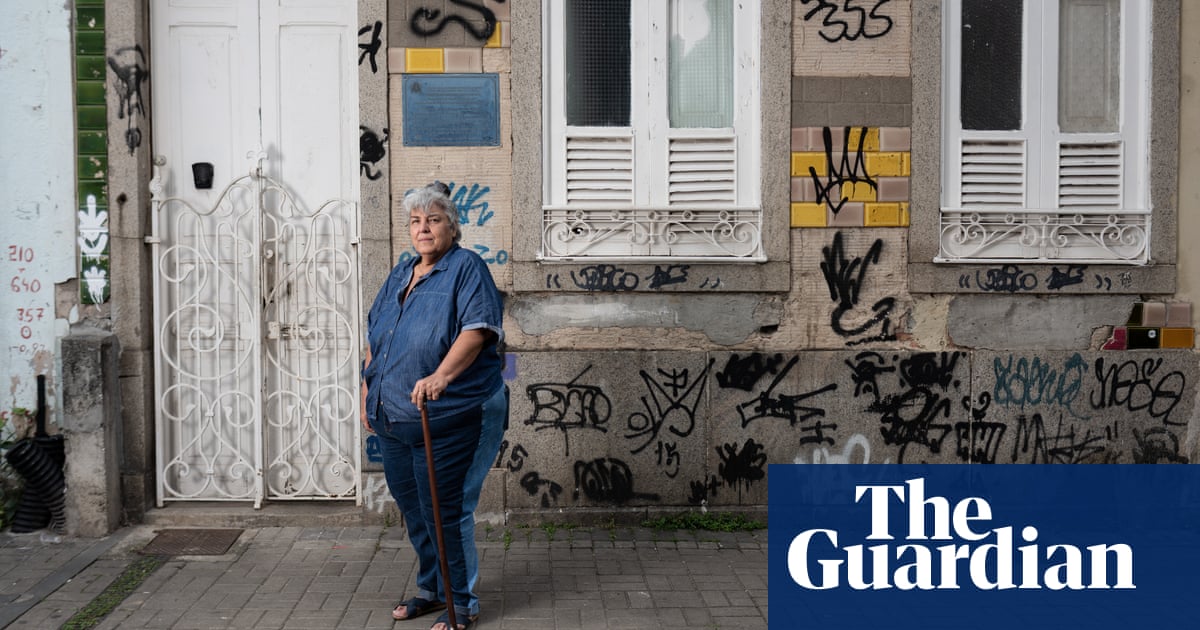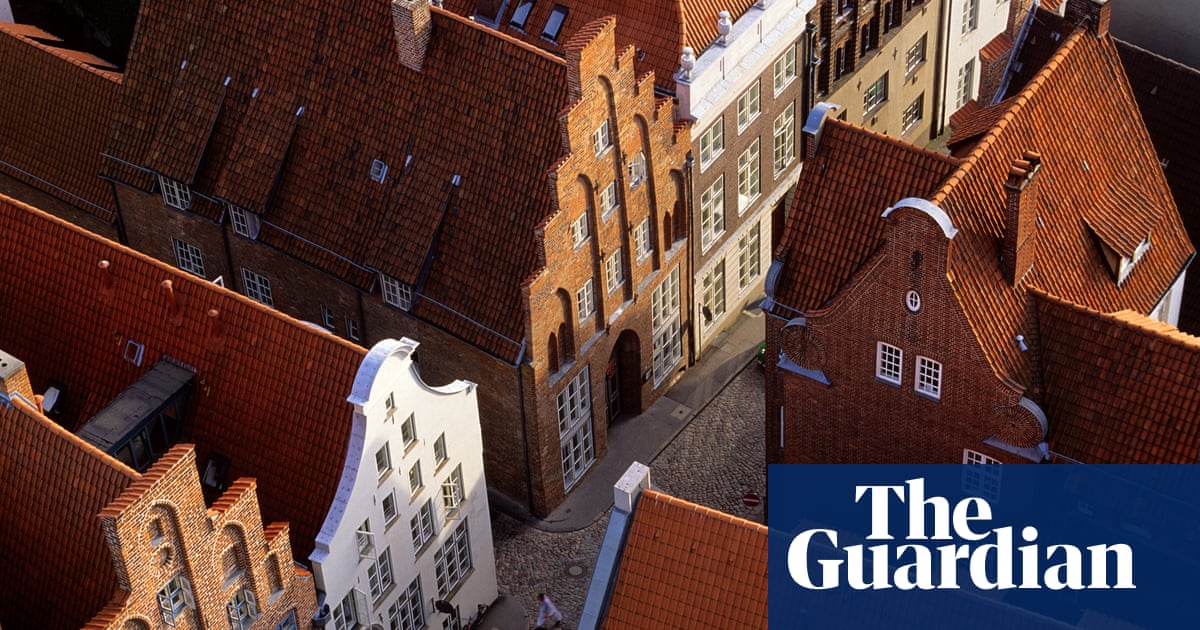In 1966, when I was 10 years old, my mother and I moved to Gamboa, a neighbourhood by the waterfront in the Port Zone of Rio de Janeiro. When I got married in 1977, we stayed in the area, had three kids and set up a pest control company.
In 1990, we bought our first house there. It had a strange layout: when you entered, you had to go down a very long corridor. It was also very old, so we knew we would have to do some building work. We had dreams of adding a second floor, so each of our children could have their own room.
The work finally began in 1996. We closed off half of the house so construction workers could start digging holes in the back for the pillars needed to support the extension.
It was a hot, sunny day in January when, over lunch, one of the workers told me about finding animal bones in the holes they were digging. He wondered if the previous owners had had a lot of animals. After lunch, I rummaged through the piles of debris he had dug up and, to my shock, found pieces of skulls. I told the construction worker that these weren’t animal bones – they were human.
Terror came over his face and he refused to go back to work. All the other workers also left early – nobody wanted to disturb the people who were laid to rest there. My daughters no longer wanted to live in the house either – they were scared that it was haunted.
I just wanted to know what to do next. There were so many bones, and we had no idea how they had got there – did a serial killer bury his victims under our house? I remember feeling particularly shocked when I found some teeth that looked as if they had belonged to a child.
I called my friend and neighbour, Carlos, who had researched the history of Gamboa. If anybody knew the story of the bones, it would be him. He came over that evening and showed me a history book that identified the area under my house as the New Blacks cemetery.
The cemetery was used to bury enslaved people who died on ships that arrived at the port of Rio de Janeiro, or who died shortly after disembarking. Historians estimate that about 6,000 people were buried there between 1769 and 1830. Despite having lived in Gamboa most of my life, I had never heard of this. How could I have lived here for so long and not known about the cemetery?
After hearing about my discovery, the director of the José Bonifácio Cultural Centre, a museum of Afro-Brazilian culture and history, came to visit. When he saw the boxes of bones, he made the sign of the cross and started to cry. He asked if he could inform the National Historic and Artistic Heritage Institute about what I had found, and I said yes.
Researchers came to study the finds. I asked to be kept updated on their progress, but years passed and nothing happened. In the meantime, I was not allowed to move forward with any construction. In 1998, we had to move out of the house because the open holes resulted in water infiltration and a crack in the wall. If I wanted something to be done with what I had found, I would have to do it myself.
On 20 November 2001, we opened our house to the public. We decided that we had to make these findings accessible. My husband and I bought two neighbouring houses to build a museum, and the Pretos Novos Institute (New Blacks Institute) was officially founded in 2005. It’s an educational space, a museum and an anthropological research centre.
after newsletter promotion
Today the institute is home to a dozen educators, anthropologists and tour guides. We provide free walking tours of the Port Zone, telling the story of the African diaspora in Brazil and the history of slavery in this area to students across Rio de Janeiro state.
Despite all of the adversity, this is my life’s work. Countering the erasure of Black history in my neighbourhood is the most important thing I’ve ever done. Though it is difficult to maintain the institute, I will only stop doing it when racism is no longer a problem. Until then, I will continue to preserve the history that Brazil would prefer to ignore.
As told to Nicole Froio
Do you have an experience to share? Email [email protected]







